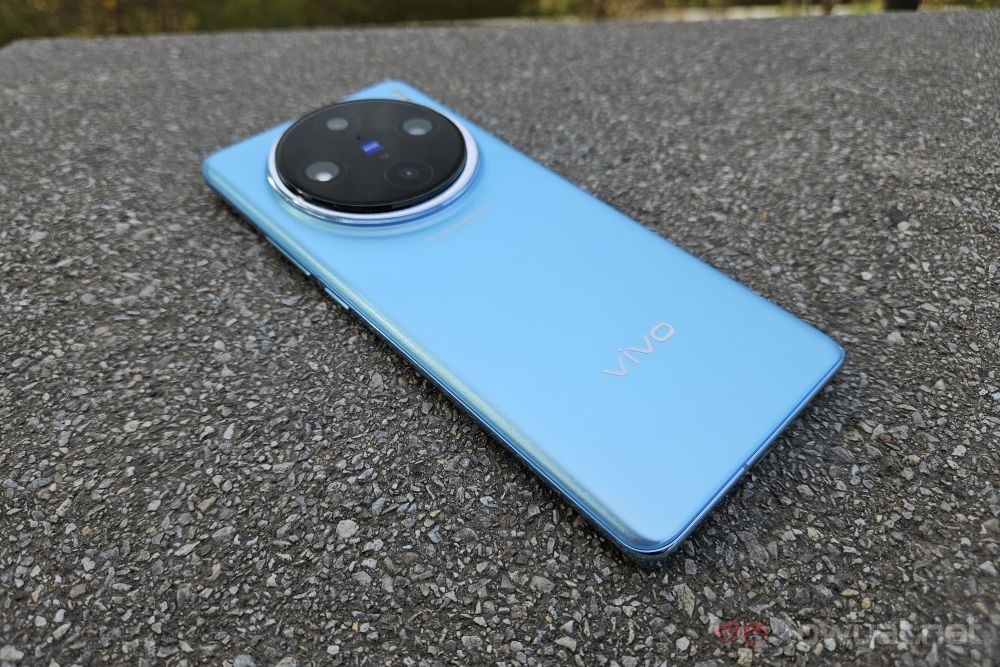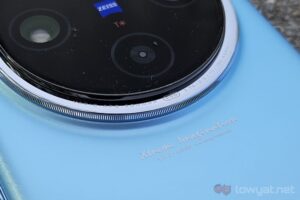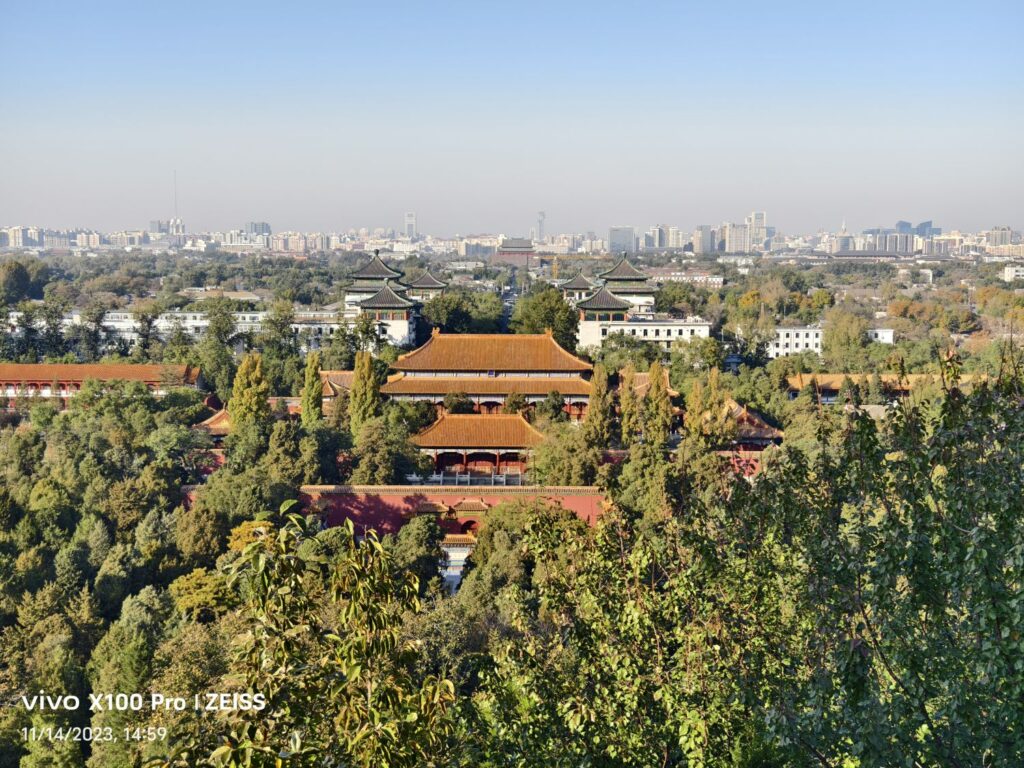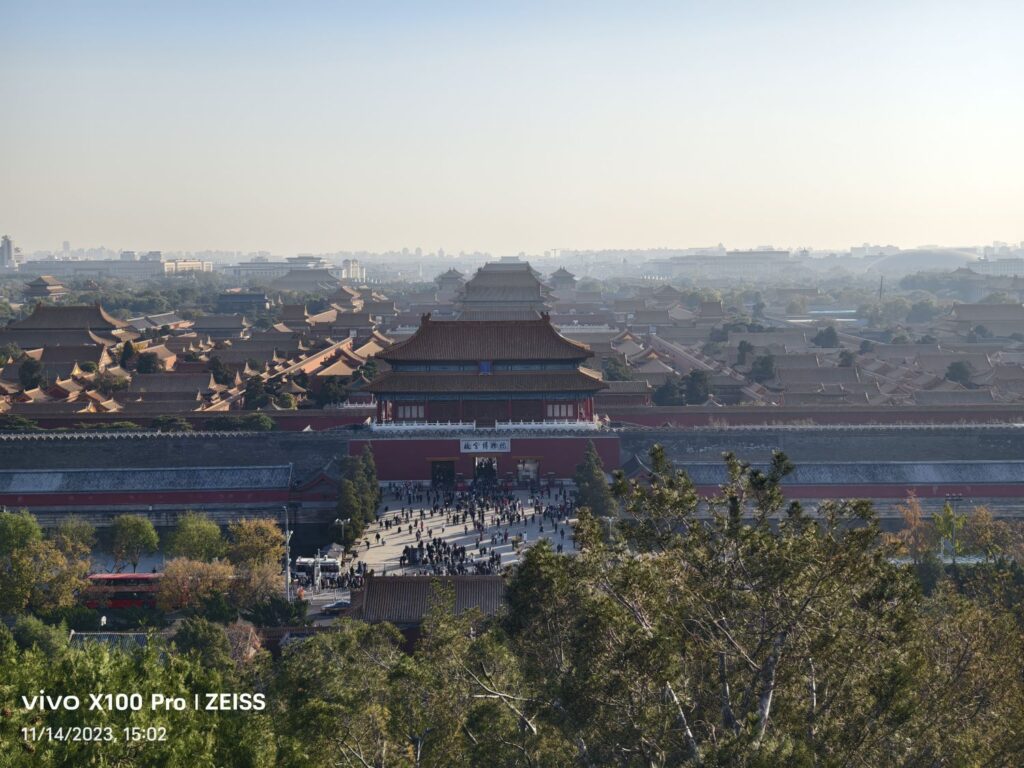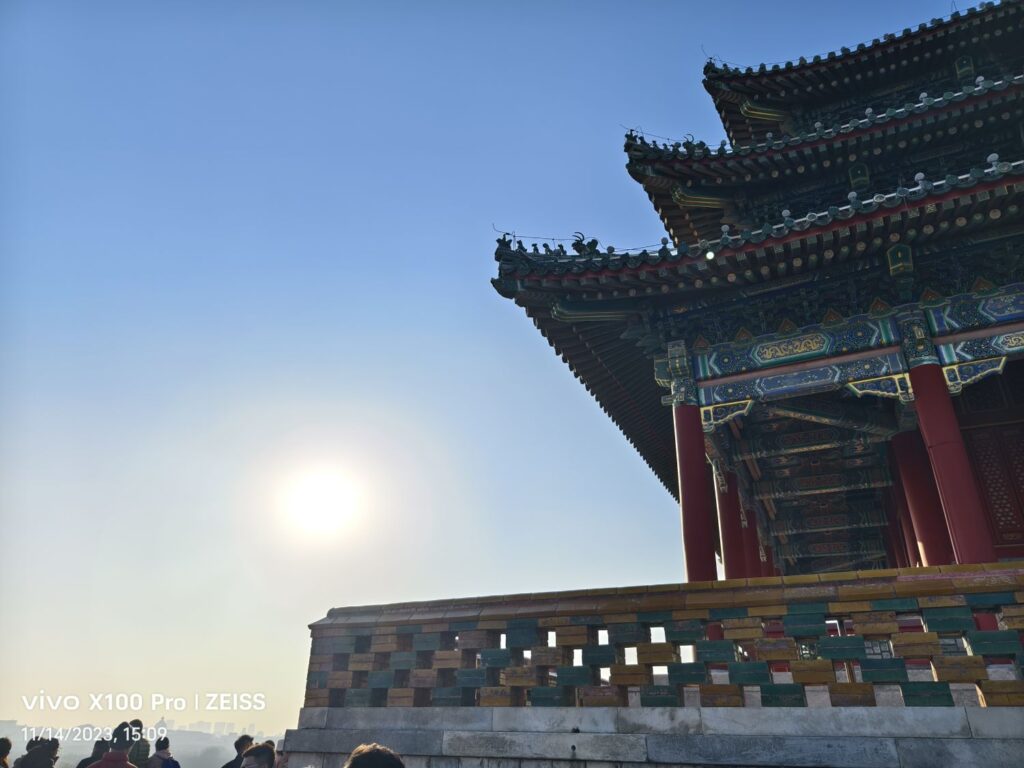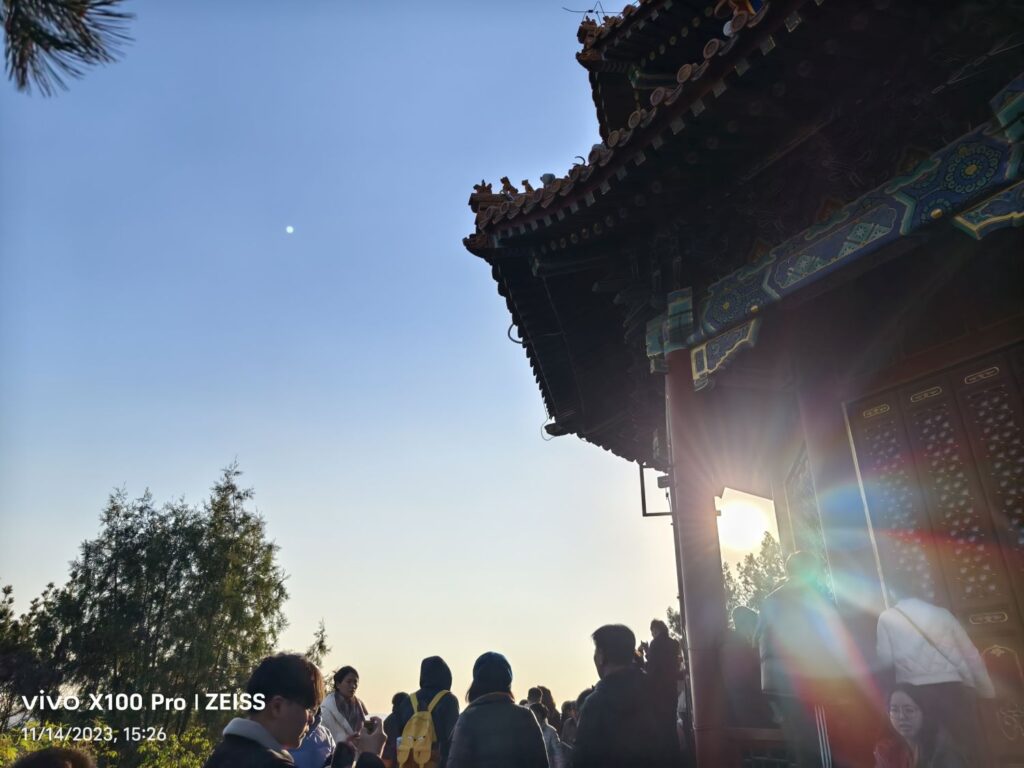The vivo X100 Pro was just launched alongside the base model yesterday. But prior to the event, the company provided us with a sample so that we could have some additional hands on time with the device.
As revealed during the launch yesterday, to say that mobile photography is a primary focus of the vivo X100 Pro – indeed, the entire line – is not inaccurate. Even on the outside, you can see the massive camera island, which will probably draw attention if left on a table. Also, as was established during the launch, despite the way it looks, there are only three cameras here instead of four.
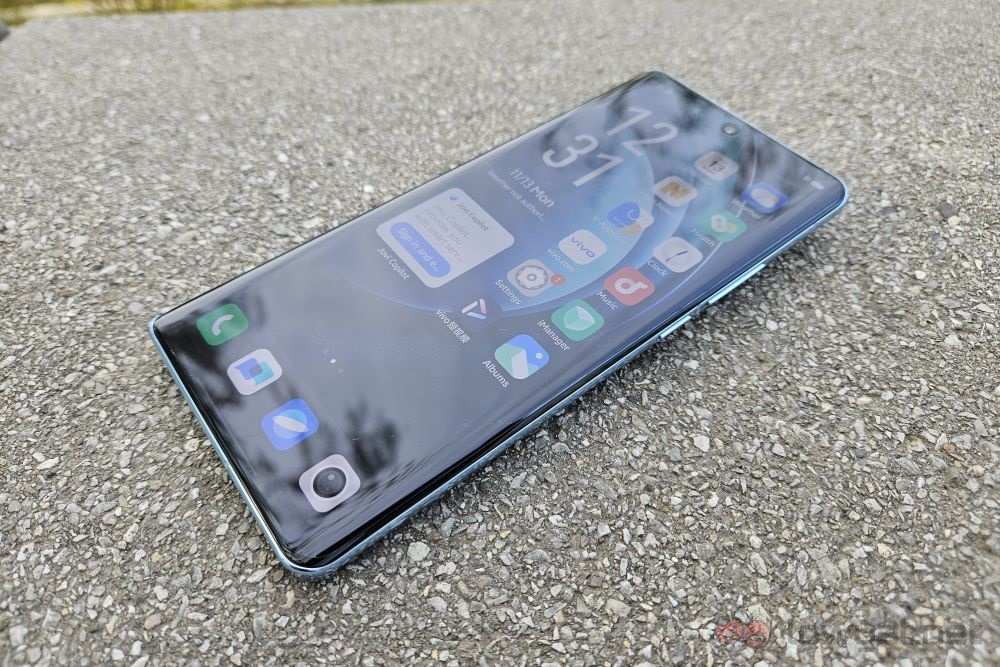
Oddly, the phone is quite well balanced despite this, likely because its 5,400mAh battery is on the lower half of the phone. That being said, this means that while holding it in your hand, your finger will be contributing to the fingerprint collection on said camera island. Avoiding this would mean positioning your palm lower, making it feel top-heavy.
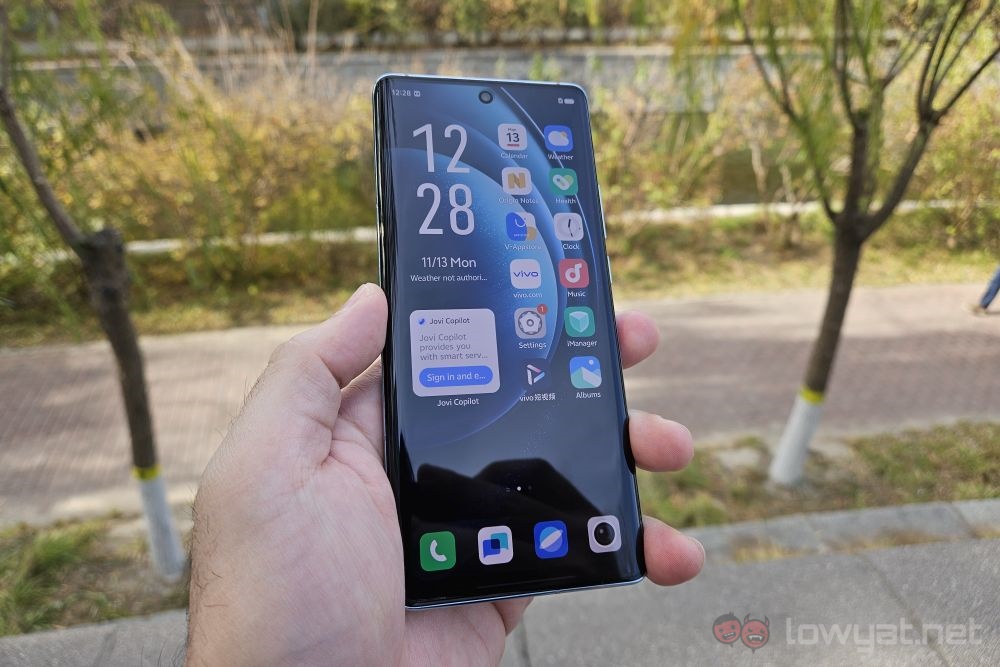
Holding methodology aside, the weight of the phone tilts ever so slightly towards the heavy side of things. That said, it’s not so much that you will feel its weight wearing down your wrist or fingers in a short period of time. Though one can imagine this still being an issue if you try to snap pics with one hand.
Beyond that, the vivo X100 Pro comes with the kind of design that you’d still associate with a flagship phone. This primarily comes from the curved sides, on both the front and back. It’s an interesting choice given that a number of phone makers have started moving away from curved sides. Though with my short time with it, it didn’t look like the screen suffers from distortion where it curves, or at least not so much so that it’s immediately obvious.
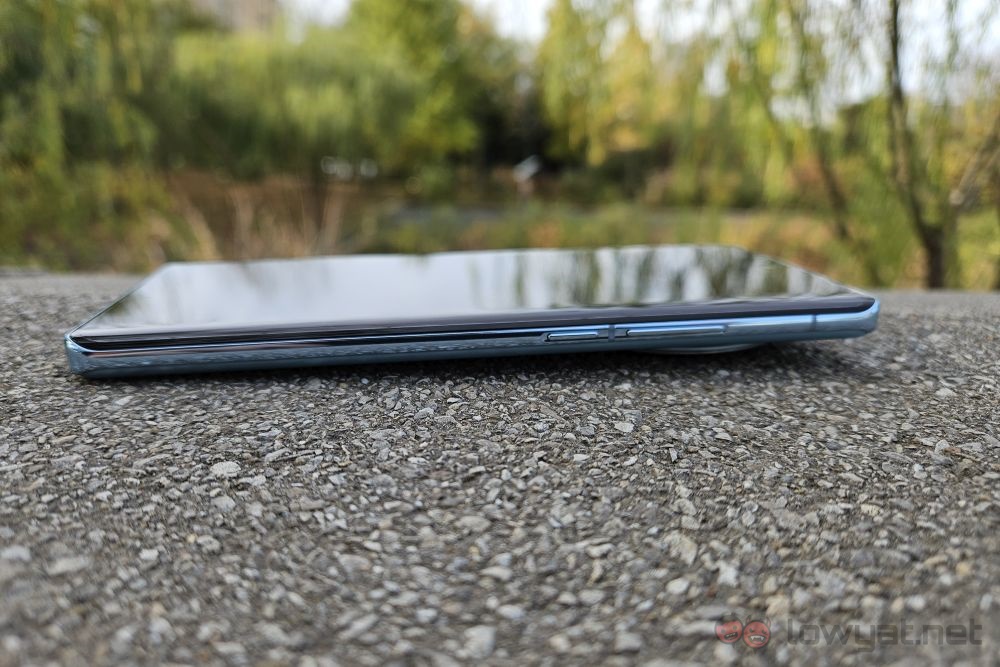
The screen itself comes with a resolution of 2,800 x 1260, with a refresh rate of up to 120Hz. Naturally, there’s a fingerprint sensor underneath.
Keeping with the entertainment note, the vivo X100 Pro sports stereo speakers. Though as is pretty common, the earpiece also doubles as one half of the setup, so it’s not a true stereo experience in that sense. Maximum volume output is also on the modest side, but the plus here is that you don’t get distortion when pushed to the max.
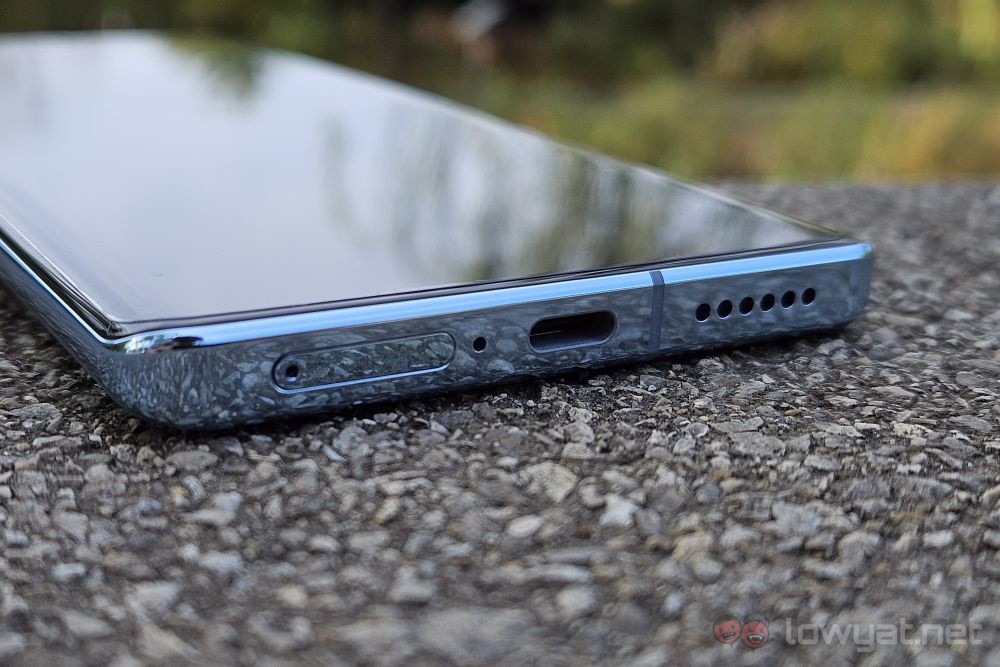
Going back to the curved sides, the edges are gentle enough that they don’t feel like they’re cutting into your fingers, even when gripping the phone tightly. If you don’t like it still, the good news is that it looks like the vivo X100 Pro comes with a simple silicon case in the box. Also worth mentioning is its IP68 rating, which it shares with the rest of the series.
Being armed with a MediaTek Dimensity 9300 and 12GB of RAM at its base configuration, the vivo X100 Pro should not be having issues throughout day-to-day use case scenarios. Even when under heavy load, its chipset should allow it to cruise through just fine. Unfortunately, there wasn’t exactly enough time to properly test this. But for what it’s worth, in the time that I had it, the phone handled light browsing and scrolling as smoothly as its flagship chipset indicates.
Finally, there’s its camera performance. Specifically the 50MP main camera with a one-inch sensor, 50MP Zeiss APO telephoto camera, and a 50MP wide angle shooter. Supporting these is the company’s own vivo V3 image processor chip.
Testing the claim that the vivo X100 Pro can take shots of the sun, it’s safe to say that the claim is valid for the most part. The extent varies, and especially outside of the golden hour the difference is a little less obvious. As such, if anyone buys the phone for this sole purpose, you’re limited to these few hours of the day if you want maximum sun photography results.
Worth nothing at this point is that the phone’s computational photography is tuned to produce brighter and more vibrant shots compared to a subject’s natural colour. As the company put it during a workshop prior to the shots being taken, this is to produce shots that match “the ideal image that most people have in mind”. Which is probably great for those who like that sort of thing, but maybe not so much for those who prefer natural colours.
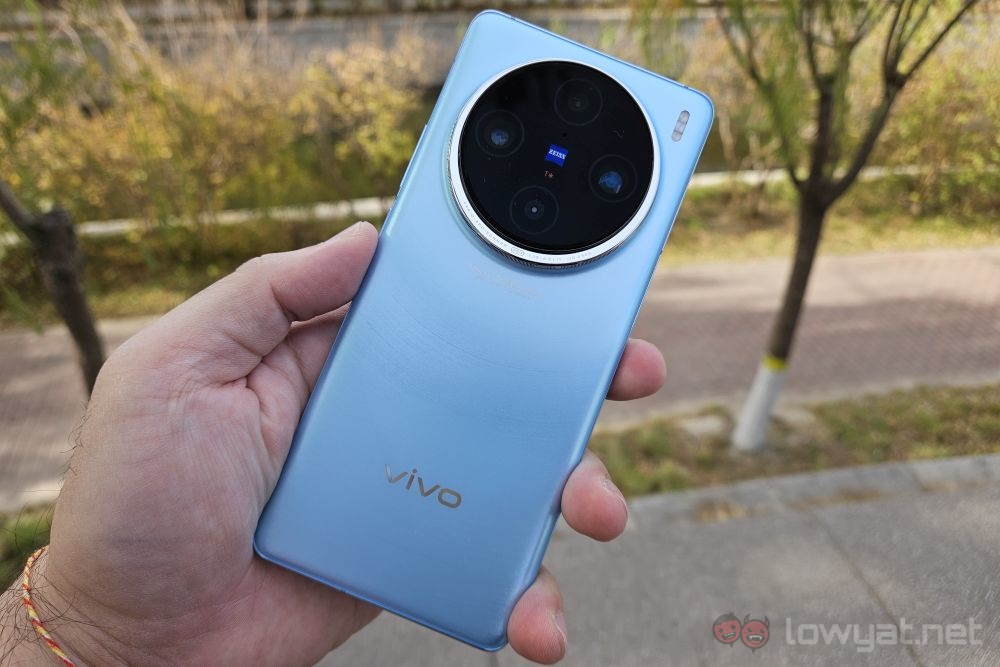
The other highlight features of the camera setup behind the vivo X100 Pro, which are the variable Zeiss lens equivalents at its different zoom levels, required more time to be tested. Unfortunately, that was not the amount of time I had with the phone for the purpose of this hands on preview. That would have to wait for a full review, if the opportunity arises.
Follow us on Instagram, Facebook, Twitter or Telegram for more updates and breaking news.

